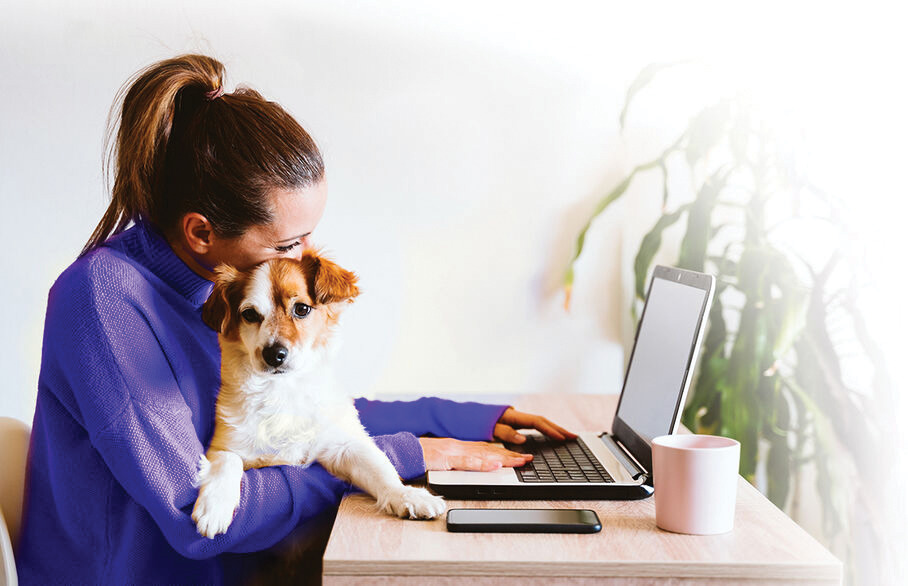
Most people looking at shared ownership deals will be first-time buyers and doing so because they can’t afford all of the deposit or mortgage payments they’d like to be able to.
What type of properties are included in Shared Ownership schemes
One of the first things to look at if you’re considering purchasing a home through a shared ownership scheme is the type of property you can buy.
All shared ownership properties – whether houses or flats – will be leasehold properties.
As a result, shared ownership schemes aren’t available across all properties so the type of home you’ll be considering will either be a new-build home or an existing home through a shared-ownership resale scheme.
You’ll find shared ownership properties advertised across all of the property portals as well as the majority of estate agents but the homes offered will be from builders, housing associations, local councils and other organisations who will be acting as your landlord once you’ve acquired your share of the property.
How does Shared Ownership work?
With shared ownership, you buy a share of the property and pay rent to your landlord on the balance.
Depending on where you are in the UK there are different rules that apply and slight nuances to the schemes in Northern Ireland, Scotland and Wales although the basics are pretty much the same.
In England, when you buy a home through shared ownership, you buy a share between 10% and 75% of the home’s full market value and then pay rent to the landlord for the share they own.
If you buy a new-build shared ownership home, the rent limit is 3% of the value of the share the landlord owns and most landlords will charge 2.75%.
For ‘resale’ homes, the starting rent will be set at the same level as the previous shared owner was paying.
As well as the rent, in most cases you’ll also have to pay a monthly ground rent as well as service charges to cover various expenses related to maintenance, repair and management of the building and communal areas.
How much of the Shared Ownership property can I own?
The share you can buy is usually between 25% and 75% although there will be some properties where you can buy as little as 10%.
To pay for your share of the property, you can do this yourself through savings or as most people will do, take out a shared ownership mortgage.
In both instances, you’ll also need to pay a deposit - usually between 5% and 10% of the share you’re buying.
Once you’ve got the ball rolling you can take the opportunity to buy more shares in your home – increasing the value to you.
The more shares that you own, the less rent that you’ll pay to your landlord as the amount of rent you pay is based on the landlords share of the property.
This process of buying more shares in your property is called ‘staircasing’.
You can usually buy shares of 10% or more at any time although some older leases only allow you to buy shares of 25% or more. Some newer leases will allow you to buy shares of 5% or more.
Before you buy a shared ownership home, ask the landlord for the ‘key information document’ to check what share amounts you’ll be able to buy in the future.
Max out - what is the maximum share you can own?
For most shared ownership homes, the maximum share you can own is 100% however there are some exceptions and it’s your responsibility to check with the landlord.
In some places, called ‘designated protected areas’, you may only be able to buy a share of up to 80%.
If you buy an Older Persons Shared Ownership (OPSO) home the maximum share you can own is 75%.
Other things to consider about buying a Shared Ownership property
Most landlords – the housing provider – will have their own eligibility criteria which you will need to check but as a rule of thumb there are some basics that will apply across all schemes.
You’ll need to be at least 18 years old and have a good credit history – so no bad debts like unpaid phone bills for example and no County Court Judgements.
You’ll also have to prove that you can afford the regular costs involved in the home buying process.
Repairs and home improvements on Shared Ownership properties
No matter how much of the home that you own you’ll still have to cover the cost of any repairs and maintenance.
On new builds some costs might be covered by the building warranty, or by the landlord if your home has an ‘initial repair period’.
You’ll be able to check the ‘key information document’ for the home to see if it has an initial repair period. The landlord will give you a copy of this document before you reserve your home.
When it comes to decorating, be it a new kitchen, bathroom or just a fresh lick of paint – that’s down to you too and is not the responsibility of the landlord.
Book an appointment with one of our experienced financial advisers today to find out what your options are with regards to Shared Ownership.
YOUR PROPERTY MAY BE REPOSSESSED IF YOU DO NOT KEEP UP REPAYMENTS ON YOUR MORTGAGE.
Your initial mortgage appointment is without obligation. We normally charge a fee for our services; however, it is payable only on the submission of your mortgage application. The fee will depend on your circumstances but our standard fee is £599. Complex cases usually attract a higher fee. We will discuss and agree the fee with you prior to submitting any mortgage application.
Please be aware that the information provided within these archives has been pre-published, as of the date published on each article. The information contained within, including references to taxation, legislation, regulation, or any other issues or concerns may no longer apply.

UK Property and Finance Expert



